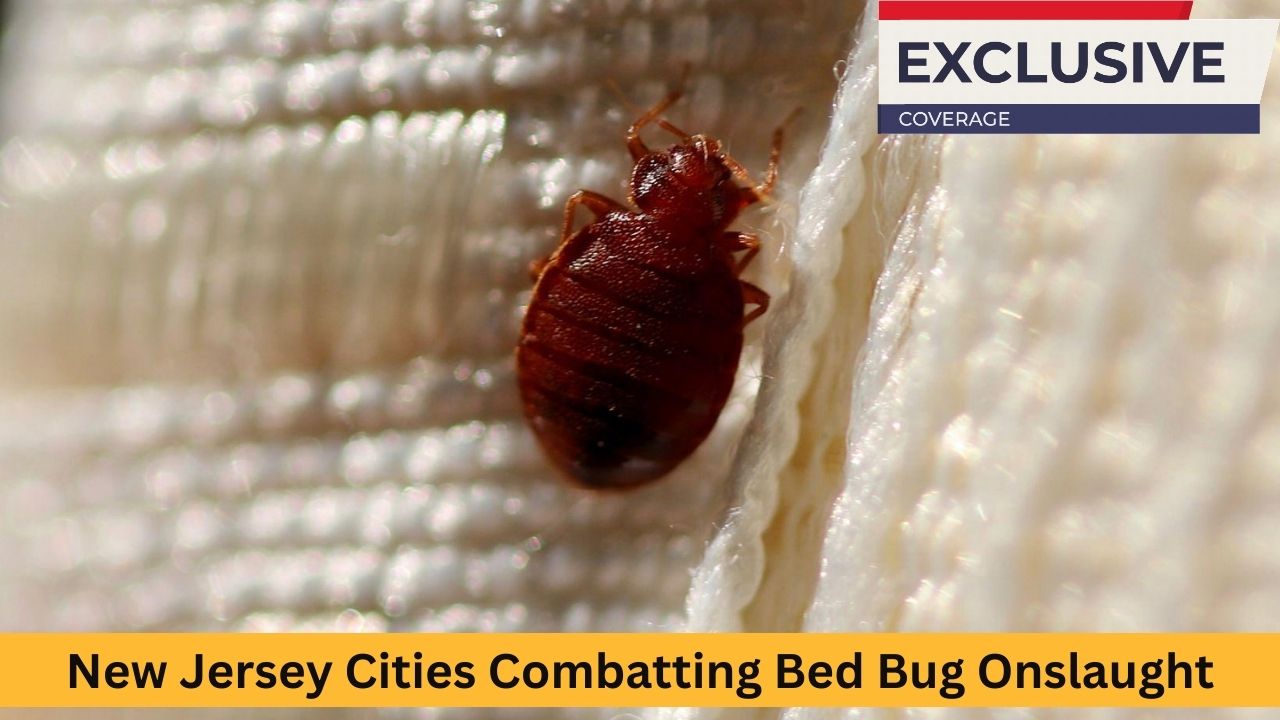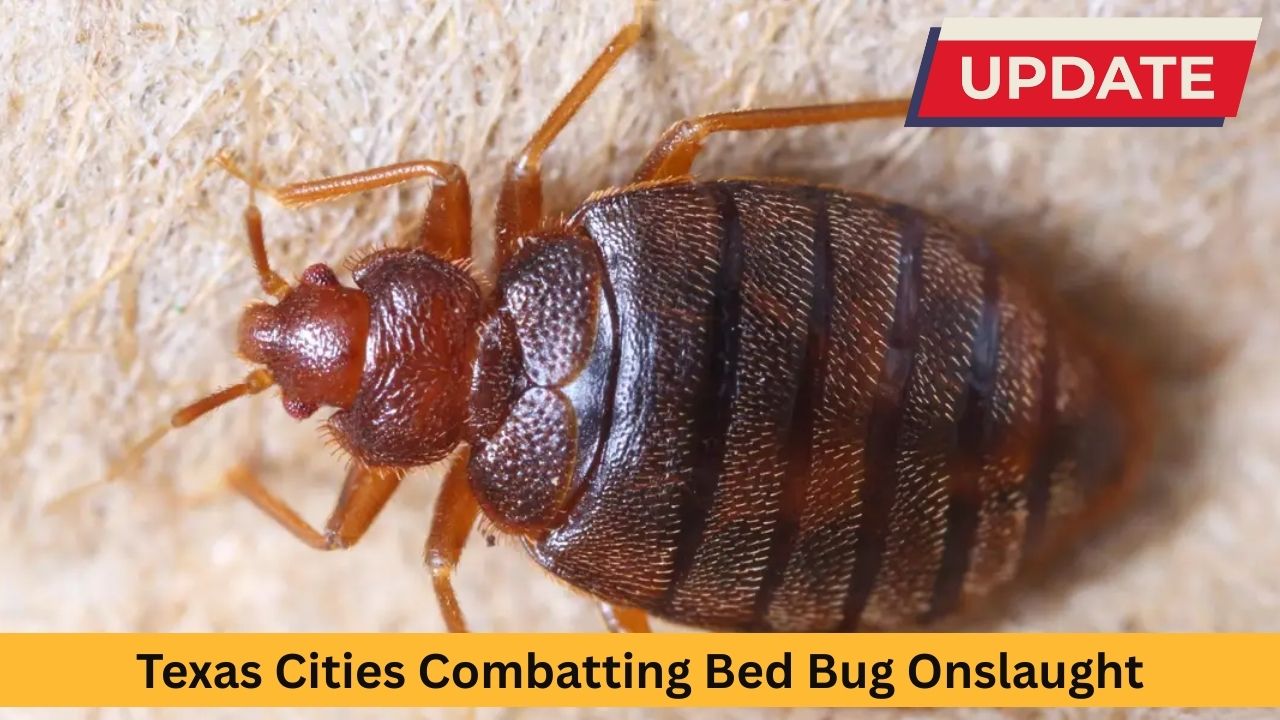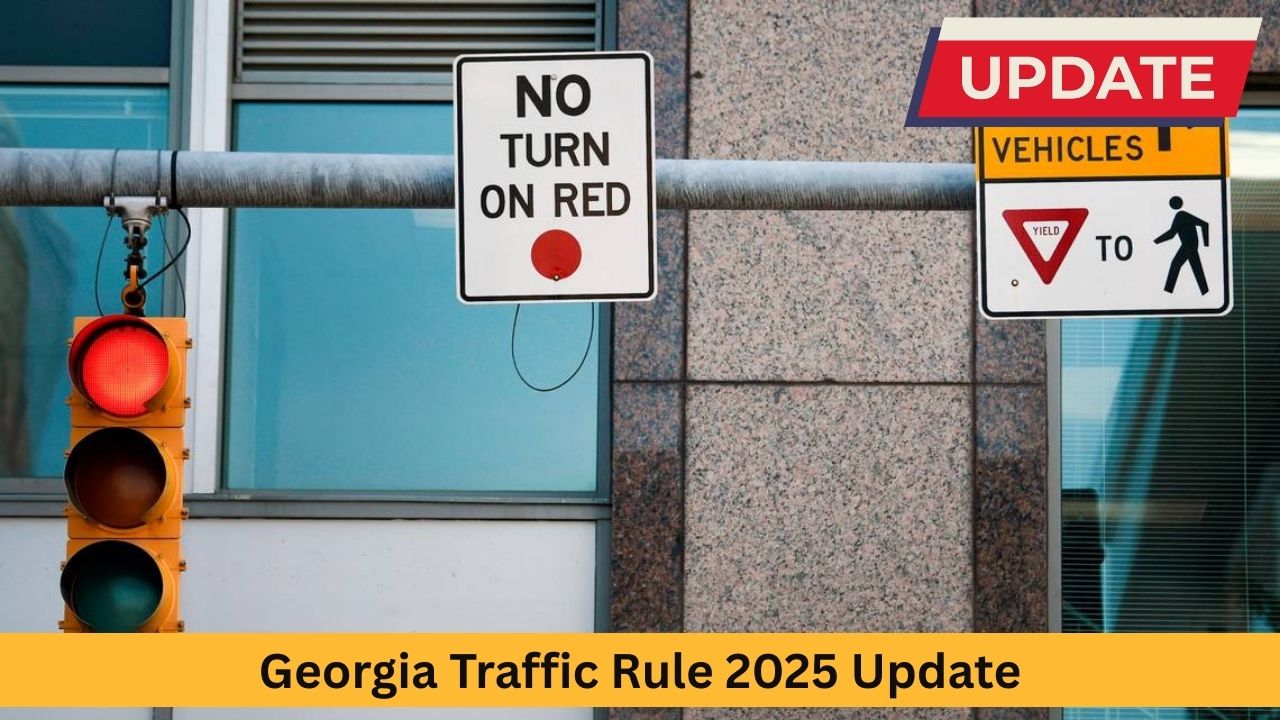Bed bugs, once nearly eradicated from the United States, have returned with a vengeance. These tiny, blood-sucking pests are invading homes, hotels, schools, and even public transportation, creating a public health nuisance in urban areas across the country. New Jersey, with its dense population and constant influx of commuters and travelers, has become a hotspot for the bed bug resurgence. This article dives deep into how five New Jersey cities—Newark, Jersey City, Paterson, Elizabeth, and Trenton—are struggling against the stubborn spread of bed bugs and what residents need to know to stay protected.
Understanding the Bed Bug Resurgence in New Jersey
Bed bugs (Cimex lectularius) are small, reddish-brown insects that feed on the blood of humans and animals, usually at night. While they don’t transmit diseases, their bites cause itching, allergic reactions, psychological stress, and social stigma.
Over the past decade, the number of reported infestations in the United States has dramatically increased. This surge is attributed to several factors: increased international travel, resistance to commonly used insecticides, and lack of public awareness. In states like New Jersey—where urban density, old housing stock, and high mobility rates intersect—the problem is particularly severe.
What Makes New Jersey Vulnerable
New Jersey ranks consistently high in national reports of bed bug activity, often landing in the top 15 among the most bed bug-infested states. Several unique factors contribute to this:
-
Proximity to Major Cities: Close access to New York City and Philadelphia means frequent travel and cross-contamination of pests.
-
Dense Population: High-rise apartments, row houses, and public housing projects make it easier for infestations to spread from one unit to another.
-
Public Transit System: Buses, trains, and shared taxis become mobile hubs for bed bugs.
-
Lack of Awareness: Many people unknowingly transport bed bugs in luggage, furniture, or clothing.
The state’s Department of Health receives thousands of complaints annually, many from repeat callers who have battled these pests for years.
Signs of a Bed Bug Infestation
Early detection is crucial in controlling the spread of bed bugs. Here are key signs to watch for:
-
Small reddish-brown bugs or their molted skins in mattress seams or furniture crevices
-
Dark spots (fecal matter) on bedding or walls
-
Tiny white eggs or eggshells near headboards and bed frames
-
Itchy, red welts on the skin, often in a line or cluster
-
Musty odor in severely infested areas
For renters, the appearance of these symptoms may warrant immediate contact with property management or local health departments.
Top 5 New Jersey Cities Battling Bed Bug Infestations
Let’s examine how each of these cities is handling the crisis and why they’ve become hotspots.
Newark
As the most populous city in New Jersey, Newark has seen a dramatic increase in bed bug reports. With over 300,000 residents and a high concentration of apartment complexes, bed bugs easily spread from unit to unit. In 2024 alone, Newark’s Code Enforcement Department received over 1,200 complaints related to bed bug infestations.
The city has taken aggressive steps, including public education campaigns and mandatory inspections for landlords of multi-unit dwellings. Despite these measures, some lower-income neighborhoods continue to face chronic infestations due to delayed responses and lack of tenant protections.
Jersey City
Jersey City’s rapid development and booming real estate market have created a unique paradox. Luxury high-rises sit beside older tenement buildings, both of which are susceptible to bed bugs. Many newer residents bring in used furniture or travel frequently, unknowingly inviting bed bugs into their homes.
Recent statistics show a 30% rise in complaints over the past three years. Jersey City has launched a hotline and mobile inspection unit dedicated to pest issues. The city is also exploring partnerships with pest control companies to subsidize treatment costs for low-income households.
Paterson
Paterson, known for its industrial roots and diverse communities, is another bed bug battleground. High occupancy rates in aging buildings and overcrowded apartments are major contributing factors. The city’s health department often finds bed bug infestations during inspections prompted by other violations, such as mold or rodent complaints.
In 2023, Paterson issued more than 500 citations for pest control violations. However, officials say enforcement is only half the battle. The real challenge is educating both landlords and tenants about their responsibilities and best practices for prevention.
Elizabeth
With a population nearing 140,000, Elizabeth is among the most active cities in terms of pest-related complaints. Many of its residents rely on public transportation, which becomes a key vehicle for bed bug spread. Reports have surfaced of bed bugs in buses, trains, and even school classrooms.
Elizabeth’s city council recently passed an ordinance requiring landlords to disclose prior infestations and provide a pest-free certificate before leasing units. There’s also been a push to include bed bug awareness in school curriculums after several elementary schools reported outbreaks.
Trenton
Trenton, the capital city, has not been spared either. The city receives an average of 100 bed bug reports per month. What makes Trenton unique is its combination of government buildings, public housing, and transit hubs—all ideal breeding grounds for these pests.
The city launched a public awareness campaign called “Bug Off Trenton” aimed at educating residents on early detection and safe treatment methods. Additionally, new city funding has been allocated for quarterly inspections in subsidized housing complexes to curb repeat infestations.
How These Cities Are Responding to the Crisis
New Jersey cities are responding with a mix of legislation, education, and enforcement:
-
Ordinances: Cities like Elizabeth and Newark require landlords to treat infestations quickly and provide disclosure during lease signings.
-
Hotlines & Mobile Units: Jersey City’s dedicated bed bug task force includes on-call exterminators and inspectors who can be dispatched within 48 hours.
-
Public Campaigns: Cities are using flyers, social media, and even subway ads to educate the public.
-
Financial Assistance: Some municipalities are working with nonprofits to help low-income families afford professional extermination services.
Still, the challenge remains daunting. Infestations can return even after treatment, especially if surrounding units are untreated or if preventive steps aren’t taken.
Role of Public Health and Pest Control Agencies
The fight against bed bugs is multi-layered. Local health departments, the New Jersey Department of Health, and private pest control companies all have roles to play. Here’s how they contribute:
-
Health Departments: Track reports, inspect buildings, enforce housing codes
-
Pest Control Firms: Use advanced technologies such as heat treatments, canine detection units, and chemical sprays
-
Nonprofits: Help vulnerable communities with free inspections and education
-
Tenant Advocacy Groups: Push for stronger renter protections and pest-free living standards
Collaboration between these entities is critical. No single organization can tackle the problem alone.
The Cost of Ignoring the Problem
Bed bug infestations are more than an inconvenience—they’re expensive and emotionally draining. Left untreated, they can lead to:
-
Monetary Losses: Extermination can cost anywhere from $500 to $2,000 per session. Multiple sessions are often needed.
-
Health Impact: Insomnia, anxiety, skin infections, and allergic reactions
-
Social Stigma: Children bullied at school, adults embarrassed to host guests or travel
-
Legal Action: Tenants can sue landlords, or vice versa, in unresolved cases
Ignoring early signs can make eradication exponentially more difficult. It’s far cheaper and easier to treat a small outbreak than a widespread infestation.
Preventive Measures for Residents and Travelers
Whether you live in a high-risk city or just plan to visit, prevention is key. Here are actionable steps:
-
Inspect Hotel Rooms: Always check bed seams, headboards, and corners before settling in.
-
Avoid Used Furniture: Free couches or mattresses on the curb may carry more than just stains.
-
Use Protective Covers: Mattress and box spring encasements are effective against infestation.
-
Launder Clothes After Travel: Use hot water and high heat for drying.
-
Declutter: Bed bugs love to hide in cluttered spaces—less mess equals fewer hiding spots.
Being proactive can save you hundreds of dollars and countless sleepless nights.
Final Thoughts
The bed bug crisis is a silent epidemic sweeping through New Jersey’s urban corridors. Cities like Newark, Jersey City, Paterson, Elizabeth, and Trenton are on the front lines, trying to balance public health, tenant rights, and limited resources. As infestations rise, so does the urgency for coordinated action and greater public awareness.
This isn’t a problem to be ashamed of—it’s a challenge to be tackled head-on. Whether you’re a tenant, homeowner, landlord, or traveler, vigilance is your best defense. New Jersey’s battle against bed bugs is far from over, but with informed citizens and strong municipal action, the tide can turn.












Leave a Reply